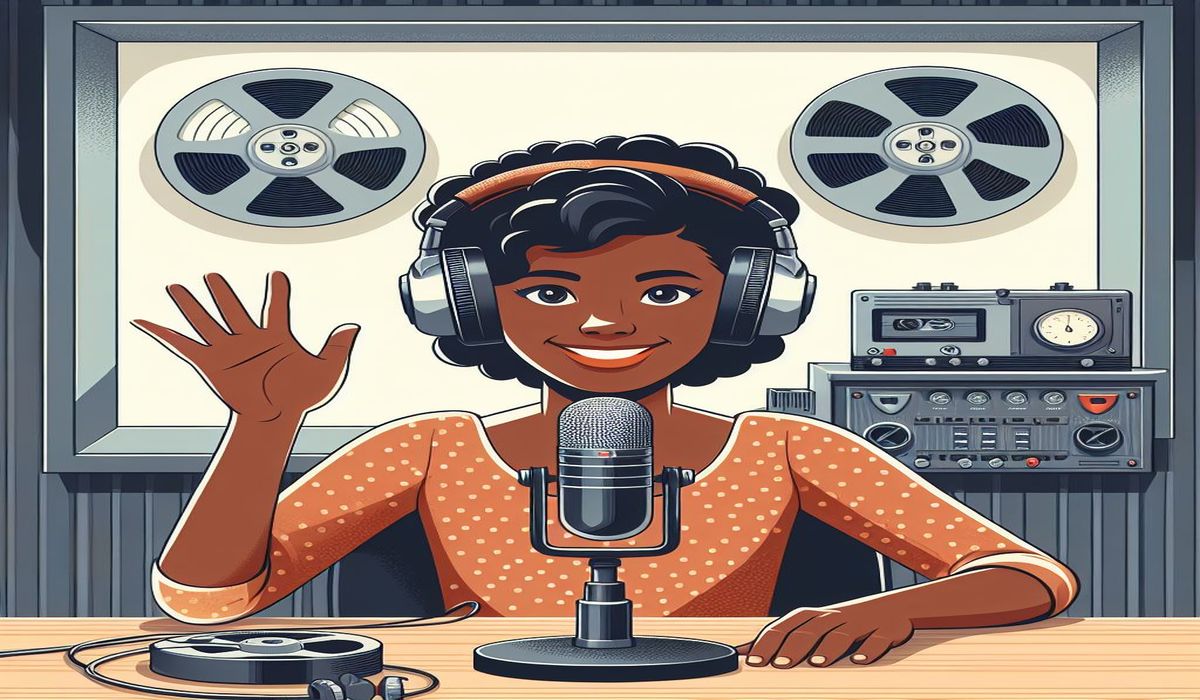Imagine history class, but way cooler! No textbooks filled with snoozy dates. Instead, you get to listen to real people dish on what life was actually like back then. That’s the magic of oral histories. The problem? These juicy stories are often stashed away in dusty libraries, gathering cobwebs. But hey, it’s the podcast era, baby! Time to dust off those interviews and turn them into audio adventures for everyone to enjoy.
Podcasts are transforming dusty archives into captivating gold mines! These on-demand audio programs have exploded in popularity, offering a convenient and engaging way to learn on the go. They perfectly fit the format of oral histories, allowing listeners to connect directly with the voices and perspectives of those who lived it. Oral histories themselves are powerful tools for preserving personal accounts and enriching our understanding of the past. However, these treasures were often locked away in archives or academic journals, accessible only to a select few. Podcasts bridge this gap in the age of information, bringing these voices to life for a wider audience than ever before.
Why Podcasts are perfect for Oral Histories

Immersive Storytelling: Podcasts allow for long-form storytelling, enabling in-depth exploration of the interviewee’s experiences.
Accessibility and Convenience: Listeners can access podcasts on their commutes, during workouts, or while relaxing at home, making them highly accessible.
Emotional Connection: The human voice carries a unique power to convey emotion and authenticity, drawing listeners deeper into the stories.
Engaging a New Audience: Podcasts attract a younger generation who may not traditionally engage with academic publications or historical archives.
Transforming Interviews into Compelling Podcasts

Turning an oral history interview into a captivating podcast requires thoughtful planning and editing. Here are some key steps:
Planning and Preparation: Identify themes or narratives within the interview and structure your podcast episode around them.
Editing for Clarity: Eliminate unnecessary pauses or conversational filler words while maintaining the natural flow of the conversation.
Adding Context and Production Value: Include introductions, interview snippets, and sound effects to create a polished and engaging experience.
Music and Sound Design: Strategic use of music and sound effects can enhance the mood and narrative of your podcast.
Transcription and Show Notes: Provide transcripts or detailed show notes to improve accessibility for hearing-impaired listeners and for those who prefer to follow along while listening.
Reaching New Audiences

Once your oral history podcast is complete, promoting it is crucial. Here’s how to get your podcast out there:
Submit to Podcast Directories: Increase discoverability by listing your podcast on popular platforms like Apple Podcasts, Spotify, or Google Podcasts.
Social Media Marketing: Promote your podcast on social media, sharing clips, interview snippets, and engaging descriptions.
Collaborate with Historical Societies and Museums: Partner with relevant institutions to reach audiences interested in local history.
Engage with Other Podcasters: Consider interviews on other history-related podcasts to cross-promote and reach new listeners.
Final Thoughts

In conclusion, the rise of podcasts presents a unique opportunity to revitalize the field of oral history. By transforming interviews into engaging audio experiences, we can bridge the gap between academic archives and the public. This not only fosters a wider appreciation for the power of personal narratives but also ensures the preservation of these invaluable historical resources for future generations. As podcasting technology continues to evolve, we can expect even more innovative ways to share oral histories and connect audiences with the voices of the past.
Check out our blog post on some great oral history podcasts that you can listen to.
That’s it for this blog post, I do hope it has been helpful. Feel free to leave a comment in the comment section below and keep us in mind for any of your oral history transcription needs. Remember to always be kind, stay positive and learn to unwind.
